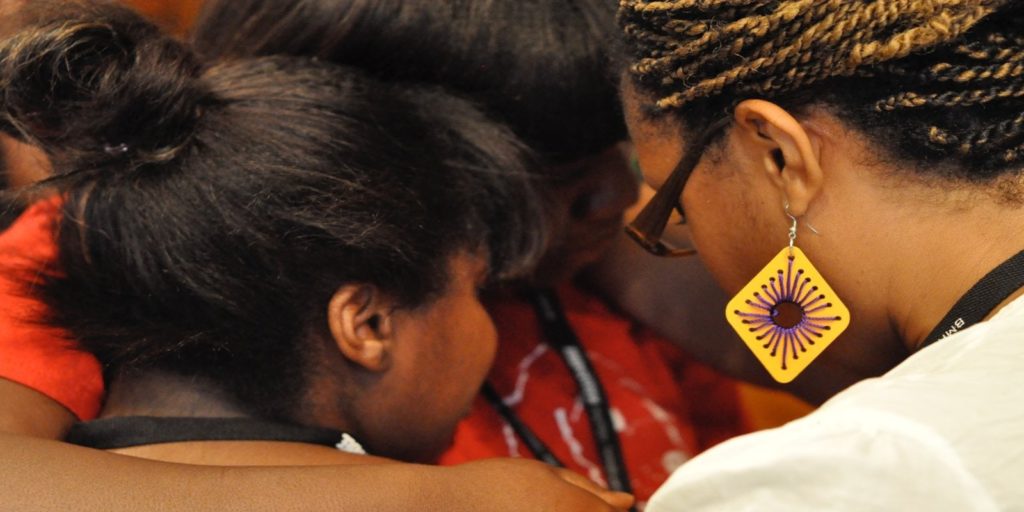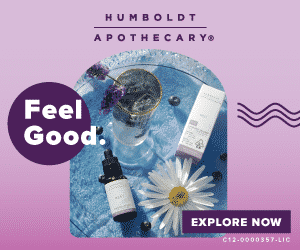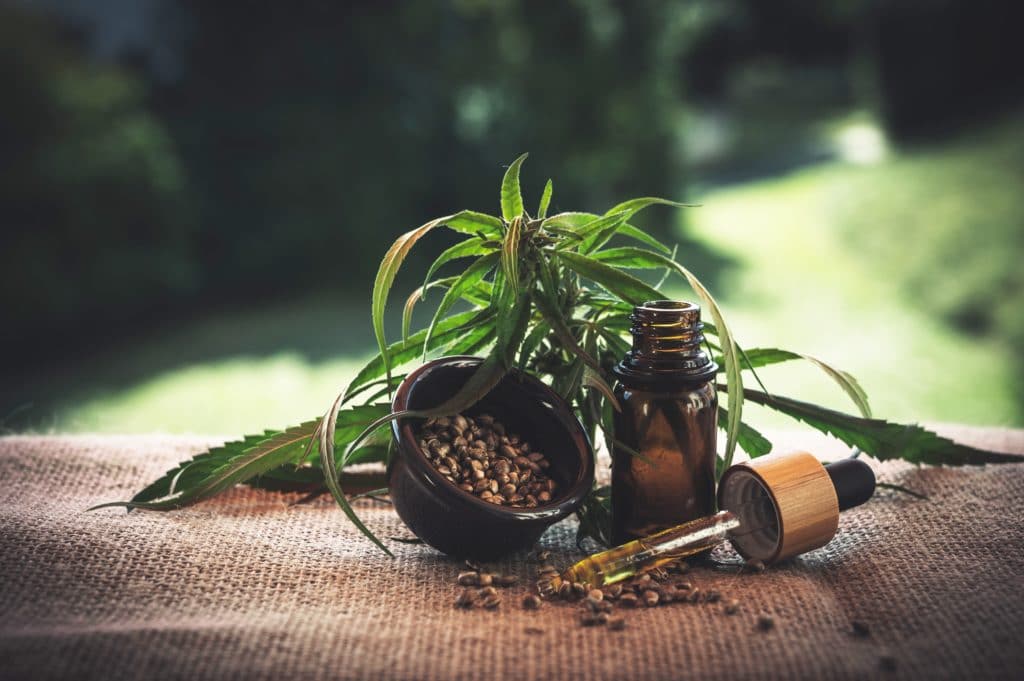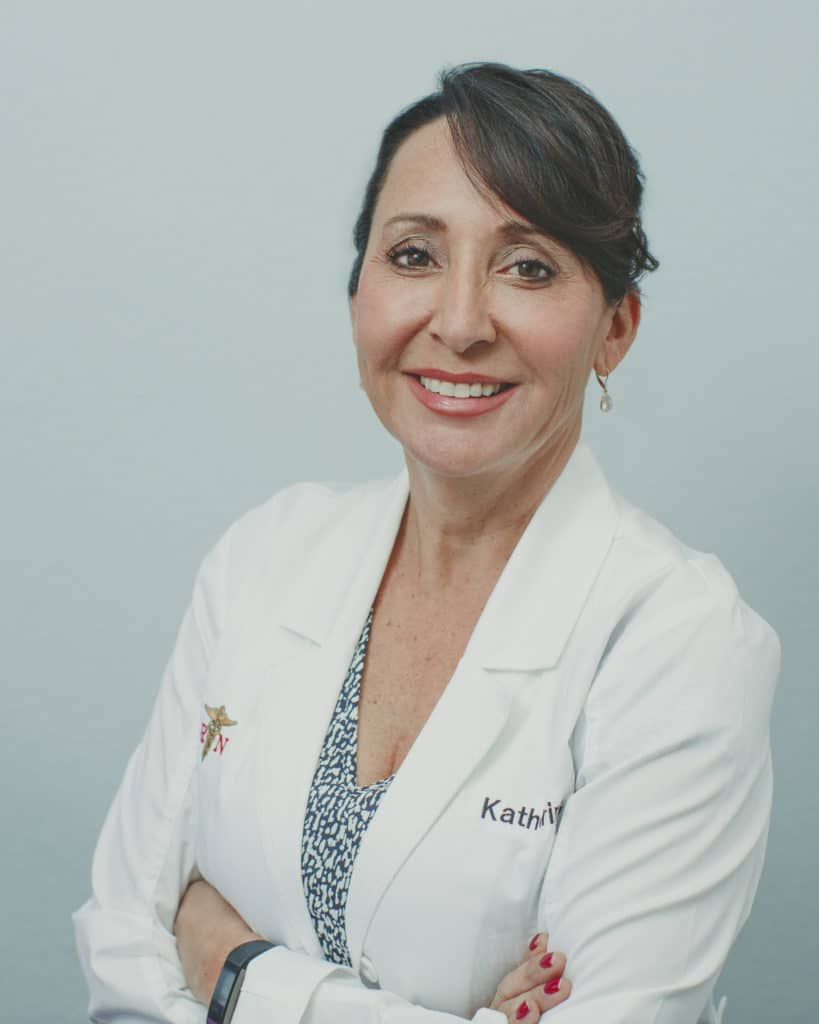The first in our on-going series about cannabis perspectives within different communities.
Read Time: 4:30 Mins.
I am a forty-something African-American, Christian, woman who spent my formative teenage years smack dab in the middle of the “Just Say No to Drugs” era of the 1980s. But in my family, I grew up hearing my aunt saying marijuana wasn’t a drug, it was a healing medicine. She grew the plant in the backyard of her Los Angeles home, mixed in with her grapes and squash at a time when marijuana was still illegal and demonized. She grew the plant to cook with and provide relief to my uncle who suffered from Epilepsy. She swore by it, and yes, occasionally they would smoke the “funny cigarettes” as my young cousins and I referred to them. In those days, I remember there were movies like Up in Smoke with the comedy duo Cheech and Chong showing the lighter side of the recreational, harmless fun that could be had with cannabis. This was definitely not the devil-weed portrayal most common in the culture at the time. I also remember the 1990s sitcom Murphy Brown who courageously smoked cannabis as she battled breast cancer. The show was not afraid of political controversy and introduced cannabis to some while reacquainting others with the healing properties of the cannabis plant. This heretical messaging resonated with me, which brings me to today. Cannabis is now part of our daily national narrative and I wanted to join in on the discussion and discover for myself what everyone was talking about. But first, I had to address some of the misinformation from other influences in my youth.
The Church Looms Large
In my community, there is no louder voice of influence than that of the church. If you want to get elected to office, stop by the local African-American church. If you want to get the support on a trending subject or cause, stop by the local African-American church. That was the era in which I grew up. Our church was located on the east side of Los Angeles, a working-class community and congregation made up of folks who migrated from the south in the 1960s. Church members brought traditional southern healing practices with them to deal with many ailments such as pain, headaches, and diabetes. These healing techniques usually included prayer, liniment oil, B.C. powder, pot liquor (the remaining water after cooking greens where all the minerals are found), and root-based cures consisting of anything that “came from the ground.” These remedies were passed down through generations on the strength of tradition, and the concept of natural earth, grown to heal. These traditions and concepts of my youth now seemed conflicted when it came to some non-supportive church teachings about cannabis and CBD. I knew some of the supporting Bible scriptures that reference seed-bearing plants being the gift God gave to help heal us found in Genesis 1:29-30. Yet I still couldn’t tie it all together to satisfy my conflicting religious upbringing, childhood self, and wanting to stay healthy and natural as an adult curious about cannabis. So, I thought the best place to start was to get some education.
Learning About Cannabis for Adults
The first step in my educational journey happened when I decided to speak to a cannabis advocate/educator, Tammy Pettigrew, known as the “The Cannabis Cutie.” My first question for her was, “why are you so passionate about cannabis?” Like any good teacher, she responded with a question of her own which was very interesting to me — “Did you know that in the early years of our country’s founding, one of the crops mandated to be grown was hemp?” She went on to answer my question by saying “I want to see people live their best lives physically, mentally and spiritually. My goal is to now help bridge the gap from prohibition to legalization by teaching all the positive benefits of cannabis on our health.”
Over the course of our conversation, she provided so much information. She walked me down the history, culture, and evolution of how society referred to the Cannabis Sativa L plant, from cannabis to marijuana (a racially-tinged word), and now back again to cannabis. She truly helped me by sharing her knowledge of the health aspects. Tammy knew exactly why I was feeling the conflict with my faith, and the health aspects. She grew up in the bible belt and knew the way this healing drug has been misrepresented. She got my full attention when she shared via one of her uniquely proposed questions, “Did you know the U.S. government owns the patent filed in 1999 that relates to the healing properties of cannabis, because of the plant’s antioxidant properties that help to protect the brain, Patent number 6630507?” I was stumped with amazement and she went on to educate me on our body’s endocannabinoid system, and how we’re naturally wired for the health benefits that cannabis provides.
This conversation and perspective were so fascinating. It intensified my curiosity and made me want to go deeper, and I decided to speak to a trusted authority on alternative health within my community. He is the community Iridologist or Holistic Health Practitioner. I’ll explore his perspective on health, healing, and cannabis in the next article of our Community Perspectives series.
How did you feel about this article? Did you grow up with similar conflicts about the perception of cannabis? Start a conversation about your community’s perspective on our social channels.
Christyna Giles Washington is a writer whose work has appeared in Essence Magazine’ and Sorority Factor Magazine in the area of financial preparedness. Christyna was also nominated for the Los Angeles Business Journal’s Women Making a Difference Award 2008.




